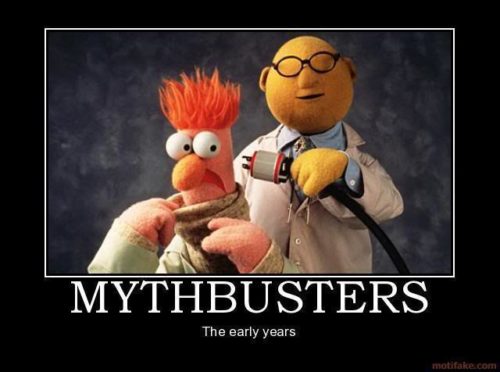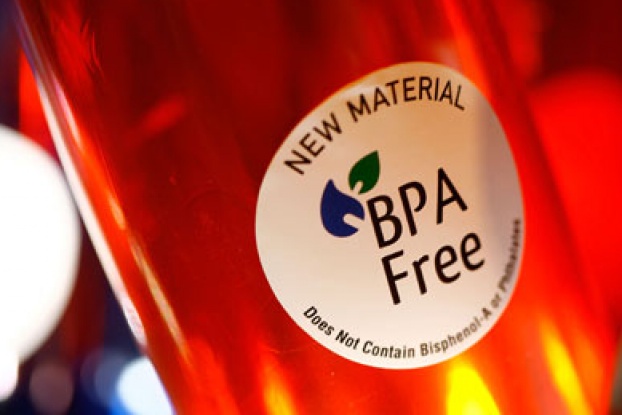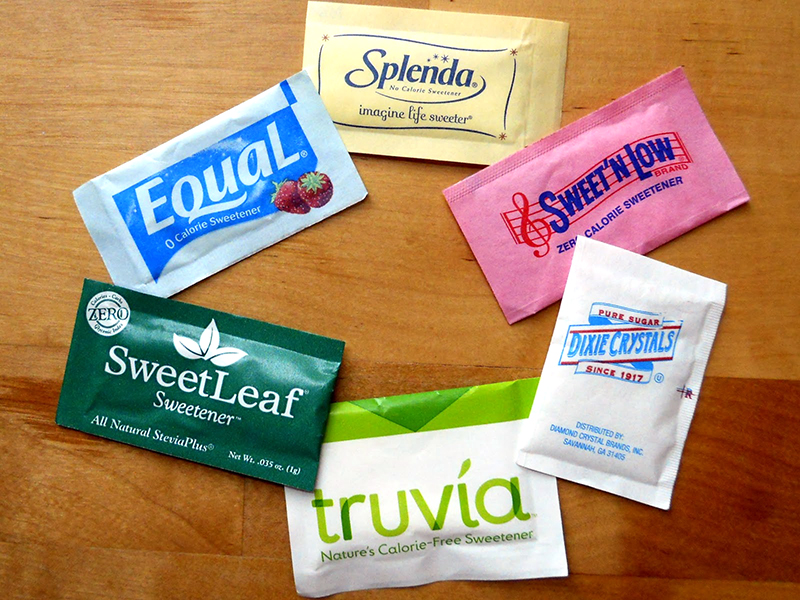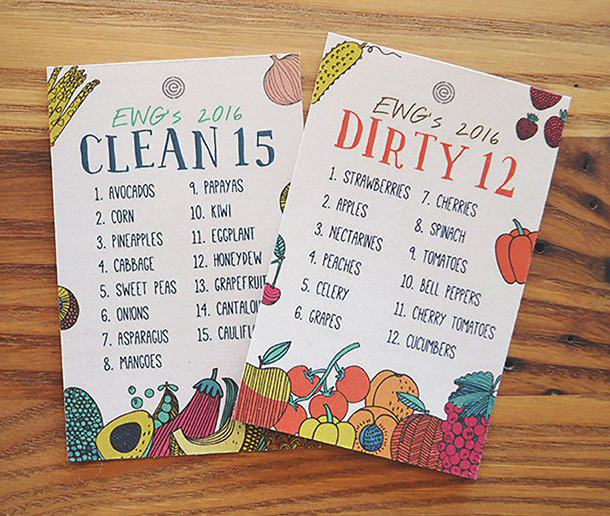Mythbusters: Does This Cause Cancer?
Merely “living life” these days has become something like walking through a mine field just trying to exist and avoid all the known pitfalls to your basic health – UV, asbestos, benzene and on and on.
We just get rid of tobacco and the horses’ proctums weasel in E-Cigaretts through loop-holes! Up to 80% of all cancers are environmental and the second leading cause of death in the U.S.. Where do we put our next step without detonating something?
Mythbusting Cancer Causes
The television show “Mythbusters” recently went off the air after a long run. They were a show which “spactacularized” what they called “research” on different topics and judged them to be “proven,” “busted” or “plausible.” Let’s do the same thing with a few of the more puzzling cancer related claims.
Cancer – Myths or Facts.
In the U.S. alone, in 2014, there were 1,665,540 newly diagnosed cases of cancer! And 585,720 deaths! Only about 20% of cancers have been found to have hereditary factors, all the rest are environmentally caused – lifestyle factors accounting for the majority: smoking (30%) and nutrition/activity/obesity (35%) with other known/suspected substances making up the rest.
The International Agency for Research on Cancer (IARC), the World Health Organization’s cancer research division, has classified 107 such agents to be carcinogenic to humans; these include things like tobacco, asbestos, benzene, arsenic, ionizing radiation, and ultraviolet radiation.
Bisphenol A (BPA), does it cause cancer?
BPA is one of the highest-volume chemicals produced worldwide and is everywhere from baby and water bottles to eyeglasses, toys, cell phones, food containers and even the lining of food and beverage cans!
Greater than 90% of Americans have BPA IN THEIR URINE because it leaches out of containers into food we eat – and there already has been a copious amount of research on its effects. It’s an “endocrine disrupter” like diethylstilbestrol (DES).
You remember DES don’t you? In the 60’s the FDA advised physicians to stop giving DES to prevent miscarriages because (after a terrible amount of trouble) it was found to be the cause of at least 7 young women’s very rare vaginal cancer.
In 2009 a scientific report called BPA “a significant concern to public health.” 2010 a report was published reporting THIRTY-YEARS of prior animal studies and human observations implicating BPA in breast and prostate cancer and emphasized that “sufficient data shows enough deleterious effects” that it “warrants immediate action to remove exposure to humans and wildlife!”
In 2013 the 2010 reported studies were confirmed; in 2012 BPA was shown to “promote human breast cancer cell growth”; in 2014 BPA shown to alter expression of cancer genes in rats and increasing tumor numbers; in 2014 BPA also implicated in prostate cancer; and, multiple research findings link BPA to heart disease, diabetes, obesity and infertility.
Why, in this health crisis – which could rival the tobacco wretchedness – is there still no “proof” to the level of scientific certainty of BPA in humans?
BECAUSE WHO IN THEIR RIGHT MIND WOULD DO SUCH A STUDY THAT GAVE PEOPLE CANCER?! And, because BPA has become so ubiquitous that you could never find a “control group” who hadn’t already been exposed!
Verified animal studies and confirmation to what is seen in humans is all we CAN do, and in this case should be enough.
The problem is only that we do not know exactly how pervasive BPA is. For instance, polycarbonate is often used for industrial filtering, so drinking from a glass bottle does not necessarily mean the liquid is BPA-free. Which is why this problem may only be resolved by global legislation.
It’s still a very rare bottle of something that has a sticker on it labeling it “BPA free” so good luck buying a bottle or can of ANYTHING which you know for sure ISN’T made of the stuff!
Verdict: Plausible to likely, given strong evidence in animal models.
Can Cell Phones Increase Risk for Brain Cancer?
This is probably one of the biggest embarrassments to the research community that exists. STILL, after 20 years of research, experts are still “polarized” on the issue. (Remind you of the vested interests in the tobacco/cancer debacle?)
“Rates of brain cancer haven’t risen significantly enough to be the cause” or “cell phones don’t give off powerful enough radiation to damage DNA” (those are the major assertions of the nay-sayers) – ARE YOU KIDDING ME?!
Research findings to date:
- Statistics do show a SIGNIFICANT increase in brain cancer rate.
- Multiple studies reveal obvious trend for significant increased risk of acoustic neuroma, glioma, or meningioma in > than 10 year users despite variable designs and methods.
- 13 countries, 10 years, 5117 brain tumor cases – elevated risk for glioma, dose related to phone use.
- Tumor’s are more frequent on the side where cell phone is held.
- Both mobile and cordless phones increase glioma risk, dose related over 25 years!
- Radiofrequency emissions ARE powerful enough to cause/trigger chemical reactions.
- RF emissions do/can damage brain cells in rats.
- RF can possibly leave “imprint” on cells causing later damage – i.e. inhibit “protective” protein.
- Merely 50 minutes exposure to active cell phone increases glucose metabolism in cells closest to antenna.
- RF does affect brain function in humans!
- Cell phone radiation known to alter structure of chromatin-a complex of DNA which regulates gene expression to prevent damage.
- WHO classifies mobile phone RF as possibly carcinogenic to humans – category “group 2B,” (causal association considered credible, confounding cannot be ruled out).
- New York researchers increase rating to: “likely.”
- UK researchers want rating increased to “2A” (probable carcinogen)
- Even California researchers believe “err on side of caution… reduce exposure… land-lines, headsets… computers, WiFi’s, microwaves etc.
- Brain tumors are very slow-growing – finding actual “smoking gun” would be at “miracle level.”
Mobile phone use has skyrocketed in last 10 years – subscriptions nearly 7 Billion at the end of 2014, making it more pertinent than ever to resolve this debate. Even though from an individual perspective the risk perhaps is low, from a public health standpoint the increase in brain tumor incidence is problematic!
Verdict: Plausible. (Compelling) The evidence is mixed, with considerable debate and uncertainty in the field.
Can Artificial Sweeteners Cause Cancer?
This is an example of just how hard “bad press” is to get rid of. Like the autism/MMR scare – both which have been proven to be false – being told that something is bad sticks in your memory a lot longer than being told something is “OK.”
Way back around 1976 the sweetener cyclamate was shown with a possible link to cancer which prompted the FDA to ban it; but, not before it had spurred an investigation into the only other sweetener, saccharin.
In 1977 another “rat study” published in a non-medical journal linked bladder cancer to saccharin and the FDA banned it as well which started a firestorm of public protest. They eventually relented and reversed the ban but with a warning label about its effects on rats despite growing numbers of human studies which showed no relationship.
Eventually it was discovered that a process completely unique to rats causes a precipitate in very high doses and causes cancer – in THEM; but, the process is completely irrelevant to humans so saccharin has been cleared from both the IARC, WHO and NIH lists of carcinogens.
In 2006 a huge NIH-AARP study of aspartame looked at over 1100 cancers over 5 years in almost a half-million people and found no relation to cancer. The US now has a long and arduous approval process – aspartame was developed in 1965 but not approved till 1981.
The same is true for all other sweeteners developed the past 10 years. They’re all studied almost to death, including acesulfame K, sucralose and neotame. No link to any cancers have been found.
Verdict: Busted – No link between artificial sweeteners and cancer.
Do Pesticides Increase Cancer Risk?
This should really be a no-brainer. By the smell alone the stuff just has to cause cancer; I mean, that stuff just smells like it would kill ya. It stings your eyes and nose if you inhale where you’re spraying it and gives you headaches if you’re around it too long.
BUT, here’s the thing, farmers and others in the agricultural workforce tend to have lower cancer rates ORVERALL – even if they do have a bit higher frequency of multiple myeloma, prostate cancer, lip cancer, and certain subtypes of non-Hodgkin lymphoma than the combined remaining population.
No one believes that using pesticides is actually “protecting” farmers but still, if it were carcinogenic wouldn’t there be an obvious “smoking gun” of high cancer rates? OR is the fact that farmers have better lifestyles physically, lower smoking rates and much healthier diets than the rest of us protecting them?
Between 1993 and 2006 the agricultural health study (AHS) of 84,000 Iowa and North Carolina farmers and their wives showed the results I mentioned; so, in 2013 their study directed specifically prostate cancer and the effort paid off for four of the compounds but not others. Fonofos, Malathion, Terbufos and Aldrin were all significantly tied to higher risk for aggressive prostate cancer.
Another study associated DDT, Lindane, Permethrin, Diazinon and Terbufos with certain subtypes of non-Hodgkin Lymphoma; and, yet another’s results were a bit sketchy but showed a “sort-of” trend between Acetocholor and colorectal and lung cancers – which might also have been due to bias or chance.
And, a HUGE part of the problem is that even when we might find 10 farmers in a row with a particular cancer – the chances of them having only been in contact with a single pesticide is almost ZERO. They spray different mixtures at different times of the years according to how many different bugs there are eating their crop. So who can tell which one caused the problem or which combination?!
Differing opinions are what we are left with in the scientific community which leaves the rest of us confused and scratching our heads. Looking at very specific cancers from very specific pesticides over a long enough time to even count is very, very, very difficult, time-consuming and expensive; but, when done that’s where the money is.
Right now all pesticides are tested for general toxicity, and most linked to cancer in animals have been banned. That means the stuff we can get our hands on are those that do not show an effect in animal models.
Currently, the thousands of studies done on the subject give a complicated picture BUT it does seem that amount of exposure DOES play some kind of role, which is why the FDA only approves such low strength for home/garden use that they are barely effective.
Even though the long and arduous research is difficult I personally believe that it shows enough “smoking gun” that farmers and other workers must take precautions to lower exposure. For us consumers, we probably should err on the side of caution and DEFINITELY pay more compulsive attention to the warning labels than we do to most all other written directions! Even though our risk is likely very low.
Very careful and thoughtful researchers have also NOT found any clear association between residuals and cancer risk in the consumer (admittedly hard to do); so, there still does NOT seem to ANY BENEFIT for “organic” produce. Most of us worriers however do make the caveat that we’ve got to do better at washing fruits and vegetables, peeling some and growing others in our own gardens, i.e. the so-called “dirty dozen.”
It wouldn’t be so bad if the “organic” food market wasn’t so flooded with scams, false claims and hysteria; but, it is and “clean foods” are so completely priced out of the normal citizen’s range that they are unattainable.
Verdict: Plausible in people with high exposure levels (farmers and pesticide applicators), but unlikely in consumers with very low levels of exposure.
Do Power Lines Increase Cancer Risk?
Even though almost 30 years of studies seem to corroborate each other that exposure to the low-frequency magnetic fields which power lines put out DOES increase the incidence of childhood leukemia there is still no understood mechanism of how it could do it. Therefore, there are still yahoo’s who muddy the water by nay-saying.
One could think that, just because the extremely-low-frequency magnetic fields (ELF MFs) are even less energetic than those emitted by cell phones, there wouldn’t be any danger – especially power companies. But, didn’t I already say above that most of us are getting suspicious of cell phones too!
Over thirty years ago researchers noticed clusters of children developing leukemia living under/near power lines. Subsequent studies all showed the same thing: higher risk. In 2000 there were nine studies revealing that the 99.2% of children being exposed to below 0.4 microtesla (μT) showed no increased risk, but the 0.8% of children with exposures of 0.4 μT or more had an elevated risk.
A second study pooling data from 15 studies showed leukemia doubled when exposure was greater than only 0.3 μT. Using the CDCs statistics, that means about 1 in 20,000 US children will develop leukemia “normally” but 2 in 20,000 of those unlucky enough to live in proximity to power transmission lines.
In 2010, yet another meta-analysis of seven additional recent studies – including 10,865 children with leukemia and 12,853 “control” children – showed the same dose-response relationship! The IARC classifies ELF MFs as “possibly” carcinogenic because of epidemiologic evidence but not because of a known causal relationship.
In 2013 the European Union tried to estimate some numbers and settled on about “60 cases of leukemia being attributed to ELF MF exposure”
According to the National Cancer Institute, “Overall, these [epidemiologic] analyses suggest that if there is any increase in leukemia risk from magnetic fields, it is restricted to children with the very highest exposure levels.”
Say experts in the field: “The epidemiologic studies have consistently found an association between childhood leukemia and magnetic fields, but a plausible explanation for this association is lacking—which means it could be due to chance, bias, or other (yet to be identified) factors related to both magnetic fields and childhood leukemia, or it could be a true association. Even if we were to confirm a relationship between ELF MFs and childhood leukemia, the risk appears to be very low.”
Verdict: Plausible. “Very likely” to “highly consistent” for an increased risk for childhood leukemia at higher-intensity ELF MFs. Although a precise mechanism for leukemia are still needed.






